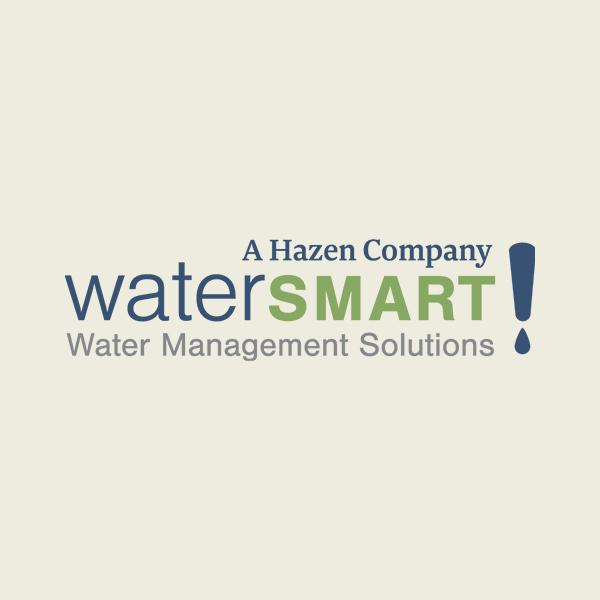Hitting a Moving Target – Designing an MBR System with Uncertain Nutrient Limits
The Fort Mill Water Pollution Control Plant (WPCP) is currently permitted to treat a capacity of 3.0 mgd. Due to the proximity of the service area to the City of Charlotte, annual average flows are projected to almost triple by the year 2024. As a result, the Town of Fort Mill initiated a master planning effort to evaluate the existing plant and determine the upgrades necessary to increase capacity and plan for future nutrient limits in both the near- and long- term. This presentation will discuss the findings of these evaluations and how the Town incorporated the inherent uncertainty in flow projections and changing effluent requirements to prepare a flexible plan for near- and long-term upgrades.
The existing liquid train includes influent screw pumps, continuous rake screens, aerated grit tanks, anoxic and aerobic tanks, secondary clarifiers, and chlorine disinfection. The existing solids train includes gravity WAS thickening and sand drying beds.
Near-term improvements are currently under construction and were designed to be implemented quickly due to aging infrastructure, and maximize the use of existing infrastructure. Modifications include new blowers and replacement of the existing diffuser system to maintain the flexibility to convert to an MBR system in the future.
A long-term expansion evaluation was performed to develop a plan to modify existing structures and build new facilities to treat 4.5 mgd with provisions to eventually treat 6.0 mgd in 30 years. The current permit has annual mass load limits corresponding to an effluent total phosphorus (TP) concentration of 0.50 mg/L at 3.0 mgd of flow. Also, based on ultimate oxygen demand limits, the facility was designed to have an effluent NH3 goal of 5 mg/L or less.
DHEC is currently performing detailed sampling and modeling of the Catawba River Basin to determine the future nutrient limits for facilities discharging to the river. Multiple public hearings and meetings with the Lower Catawba River Stakeholder Group have been held and various combinations of nutrient limits have been proposed. The most recent meeting suggest that the future discharge limits for effluent TN and TP will correspond to a concentration of 7.7 and 0.25 mg/L, respectively, at 6.0 mgd.
The long-term improvements are currently under design and involve upgrading and/or expanding all areas of the treatment plant and include: a new influent pumping station; new coarse and fine screens; new BNR basins; new MBR system; additional solids handling equipment; and new disinfection equipment.







